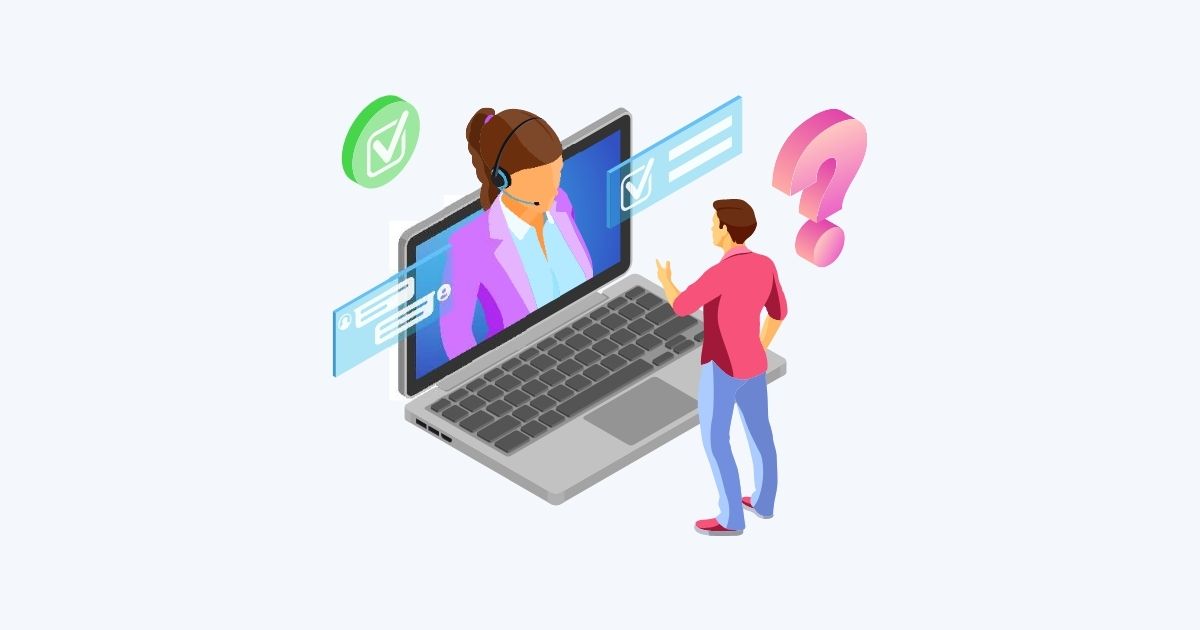Achieving success in today’s fast-paced corporate environment requires excellent customer service. Understanding your clients and adjusting your interactions to meet their needs is critical to providing excellent customer service. Therefore, it is integral to utilize customer segmentation. You can personalize your approach and enhance customer satisfaction by categorizing your customers into distinct groups based on specific characteristics.
When implementing customer segmentation strategies, contact centers can leverage advanced solutions like Cloud Contact Center software to streamline operations, optimize customer interactions, and enhance overall performance. Cloud call center software, such as Call Center Studio, offers a flexible and scalable solution for contact centers. It allows businesses to efficiently manage customer segmentation, streamline communication channels, and deliver seamless omnichannel contact center experiences. This blog post will explore the ins and outs of customer segmentation for contact centers.
What Is Customer Segmentation?
Client segmentation is breaking your client base into more manageable, homogenous groups with similar characteristics and tastes. Building useful segments includes assessing multiple variables, including behaviors, psychographics, and demographics. Contact centers may provide tailored experiences, raise client engagement, and encourage loyalty by comprehending the distinctive traits of each group.
Why Is Customer Segmentation Important for Contact Centers?
Contact centers serve as the frontline for customer interactions, handling inquiries, resolving issues, and providing support across multiple channels like video call centers’ video chat feature. Contact centers can optimize operations and deliver a more personalized and efficient service by implementing customer segmentation strategies. Here are a few key reasons why customer segmentation is crucial for contact centers:
Enhanced Customer Satisfaction
Segmenting customers based on preferences and needs enables contact centers to provide personalized interactions, enhancing customer satisfaction. This targeted approach makes customers feel understood and valued, increasing satisfaction. By gathering data and analyzing customer behavior, contact centers can identify patterns and preferences, enabling them to anticipate and address customer needs proactively.
This proactive approach minimizes customer effort, reduces the need for repeated contacts, and streamlines issue resolution. Furthermore, personalized interactions foster stronger customer relationships, increasing loyalty and the likelihood of repeat business. Contact centers prioritizing customer segmentation and personalization are better equipped to meet customer expectations and drive overall satisfaction.
Improved Resource Allocation
Effective resource allocation in contact centers is crucial for meeting diverse customer needs. Contact centers can optimize resource allocation strategies by understanding customer segments’ unique requirements and priorities. This enables them to prioritize high-value customers and allocate the necessary support and resources to each segment accordingly.
With improved resource allocation, contact centers can enhance customer satisfaction, increase operational efficiency, and maximize overall productivity. By tailoring their approach based on customer segmentation, contact centers can provide personalized and targeted support, ensuring a positive customer experience and driving long-term loyalty.
Targeted Marketing Campaigns
Customer segmentation allows contact centers to design tailored marketing programs that appeal to a specific clientele, increasing client engagement and conversion rates. Contact centers may successfully engage and interact with their target audience by customizing messages and offers to each group, improving the likelihood of successful conversions.
This personalized approach enables contact centers to maximize their marketing efforts and deliver relevant content to customers, improving engagement and driving higher conversion rates. Through customer segmentation, contact centers can enhance their overall marketing strategy and deliver better results by focusing on different customer segments’ unique needs and preferences.
Improved Efficiency
Improved efficiency in contact centers can be achieved by clearly understanding customer segments. This understanding allows for streamlined processes and workflows. One effective strategy is the development of specialized teams or routing calls based on segment-specific needs. This approach enhances efficiency and reduces average handling time, benefiting the contact center and its customers.

How to Segment Your Customers
To segment your customers effectively, it’s essential to consider multiple factors that define their characteristics and behaviors. Here are three commonly used segmentation approaches:
Demographic Segmentation
Customers are categorized based on their age, gender, income, employment, and geography using demographic segmentation. By employing this segmentation approach, contact centers gain valuable insights into the fundamental attributes of their customers. It allows them to understand their target audience more effectively, allowing tailored communication and improved customer experiences.
Demographic segmentation is vital in enhancing the contact center’s knowledge of customer demographics, providing a solid foundation for targeted marketing strategies and personalized interactions. Ultimately, it empowers contact centers to better meet the needs and preferences of their diverse customer base.
Psychographic Segmentation
Psychographic segmentation involves analyzing customers’ psychological and lifestyle traits, such as interests, values, attitudes, opinions, and behavior patterns. By understanding their motivations and preferences, contact centers can tailor their interactions to resonate effectively with each psychographic segment.
This segmentation approach enables a personalized system that enhances customer engagement and satisfaction. The ability to align with customers’ unique psychographic characteristics empowers contact centers to deliver more targeted and impactful interactions, resulting in increased customer loyalty and improved business outcomes.
Behavioral Segmentation
Behavioral segmentation divides customers based on their actions, purchasing behavior, usage patterns, and engagement with your contact center. This approach allows contact centers to identify segments with similar behaviors, enabling them to provide relevant recommendations, anticipate needs, and deliver proactive support.

Customer Segmentation vs. Market Segmentation
Market and customer segmentation are comparable, yet they are distinct in scope and focus. A larger market is divided into several categories based on its demographics, psychographics, and habits through market segmentation. This strategy aids companies in determining their target audiences and creating marketing plans. Client segmentation, on the other hand, focuses attention on the current client base. It makes it possible to customize client interactions and support services.
Market segmentation looks at the entire market environment to find comparable traits and niches. Both current and future clients may be represented in these segments. By comprehending each category’s particular requirements and preferences, businesses can develop focused marketing campaigns and product offerings.
In contrast, customer segmentation delves deeper into the specific characteristics and behaviors of the existing customer base. It helps businesses understand their customers individually, allowing personalized communication and support. Companies can provide tailored recommendations, personalized offers, and better customer service by segmenting customers based on their past purchases, preferences, and interactions.
In Summary
Customer segmentation is vital in contact centers’ quest to deliver exceptional customer experiences. By segmenting your clientele into valuable groups, you can comprehend their preferences, wants, and actions better. This knowledge enables contact centers to provide personalized interactions, allocate resources efficiently, and improve overall customer satisfaction.
Implementing customer segmentation strategies and advanced solutions like Call Center Studio and cloud call center software empowers contact centers to streamline operations. By leveraging these tools and techniques, contact centers can gain a competitive edge, foster customer loyalty, and drive business growth in today’s dynamic and customer-centric business landscape.




